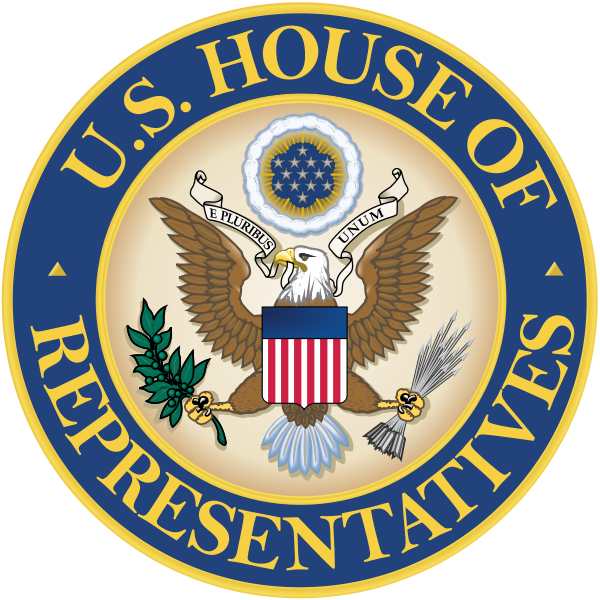Housing Subcommittee Holds Hearing on Multifamily Housing Development Regulatory Costs

On September 5, the House Financial Services Subcommittee on Housing and Insurance held a hearing on “The Cost of Regulation on Affordable Multifamily Development.” The hearing focused on federal, state, and local regulations and policies that affect affordable multifamily housing development. Addressed in the hearing were factors that drive up the cost of multifamily development, including but not limited to compliance costs, federal regulations, zoning rules, and building codes.
NCSHA issued a statement on the hearing, commending the Subcommittee for focusing on the cost of regulation, which has become a major barrier to the development of affordable multifamily housing in many parts of the country, and suggesting that smarter, less burdensome regulation will enable the private sector to be more productive and ensure the fullest use of public resources, at all levels of government, in meeting the nation’s housing needs. The statement also highlights state HFA administration of Project-Based Rental Assistance, the FHA-HFA Multifamily Risk-Sharing Federal Financing Bank Option, and proposed legislative improvements to the Low Income Housing Tax Credit in H.R. 1661 as actionable opportunities for Congress to create and preserve more multifamily affordable housing while reducing regulation.
Hearing witnesses included Sue Ansel, President and Chief Executive Officer, Gables Residential, on behalf of the National Multifamily Housing Council; Steven E. Lawson, Chairman, the Lawson Companies on behalf of the National Association of Home Builders; Erika Poethig, Vice President and Chief Innovation Officer, The Urban Institute; James H. Schloemer, Chief Executive Officer, Continental Properties Company, Inc.
Witnesses emphasized how regulatory costs associated with multifamily development create barriers to production, thereby hindering development, reducing housing supply, and exacerbating housing affordability problems. “I see the harmful impact of our nation’s antiquated, duplicative, costly regulatory systems on a daily basis,” said Ansel, adding that, “[T]hese time and cost burdens lead to fewer apartments and homes being built, and the apartments that do get built require higher rents to cover the high cost of development.” Schloemer stated that, if he could reduce development costs by only five percent, 62 percent of his organization’s apartments could lease at rents affordable to households making 80 percent of area median income.
The hearing also discussed a study by the National Association of Home Builders and the National Multifamily Housing Council, which found that federal regulations imposed by all levels of government account for an average of 32 percent of all multifamily development costs. In one-fourth of all cases they surveyed, the percentage can reach as high as 42.6 of all multifamily development costs.
Witnesses and Committee members offered suggestions to address the rising costs of multifamily development, including streamlining regulations and increasing funding for housing programs such as the Low Income Housing Tax Credit, Housing Vouchers, CDBG, and HOME. Other suggestions to improve housing production included strengthening the declining skilled labor force and adopting more inclusive zoning laws.

